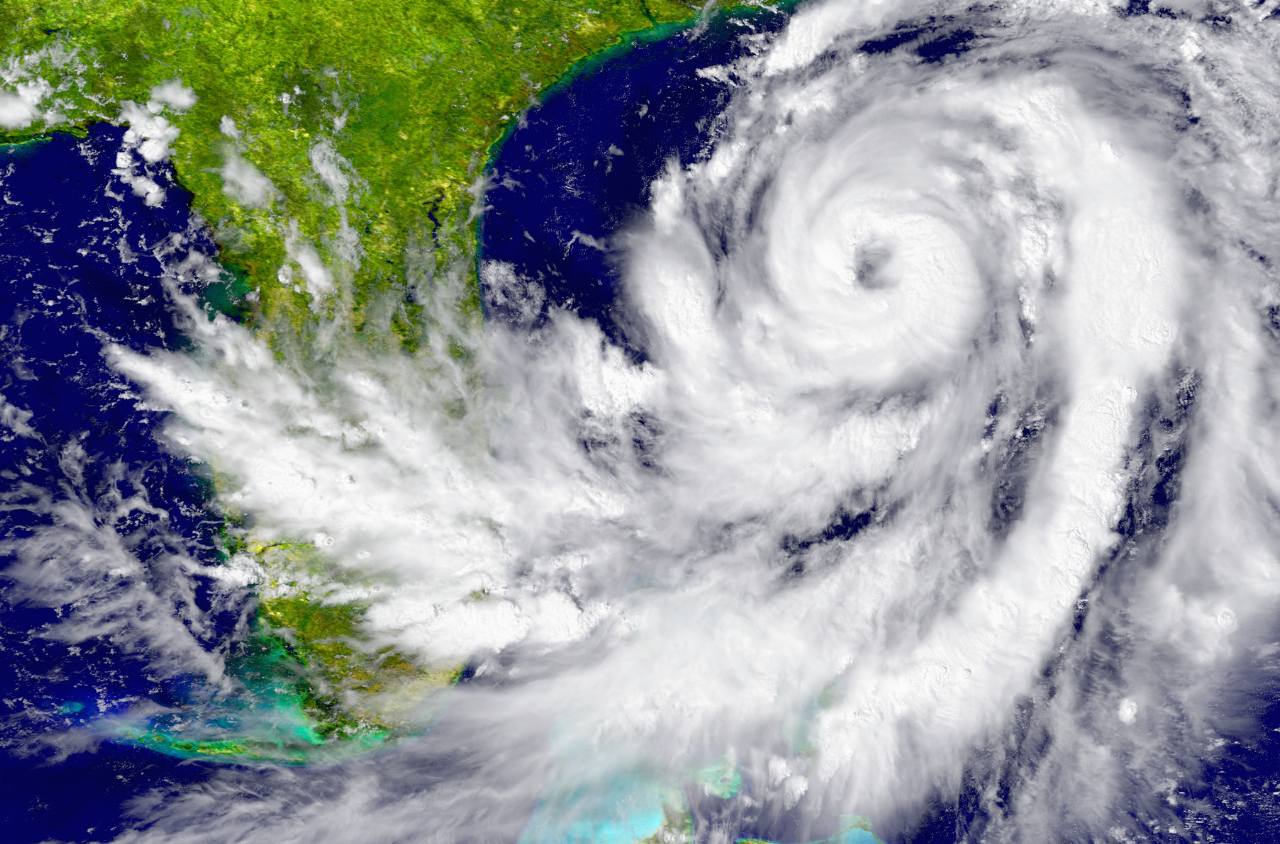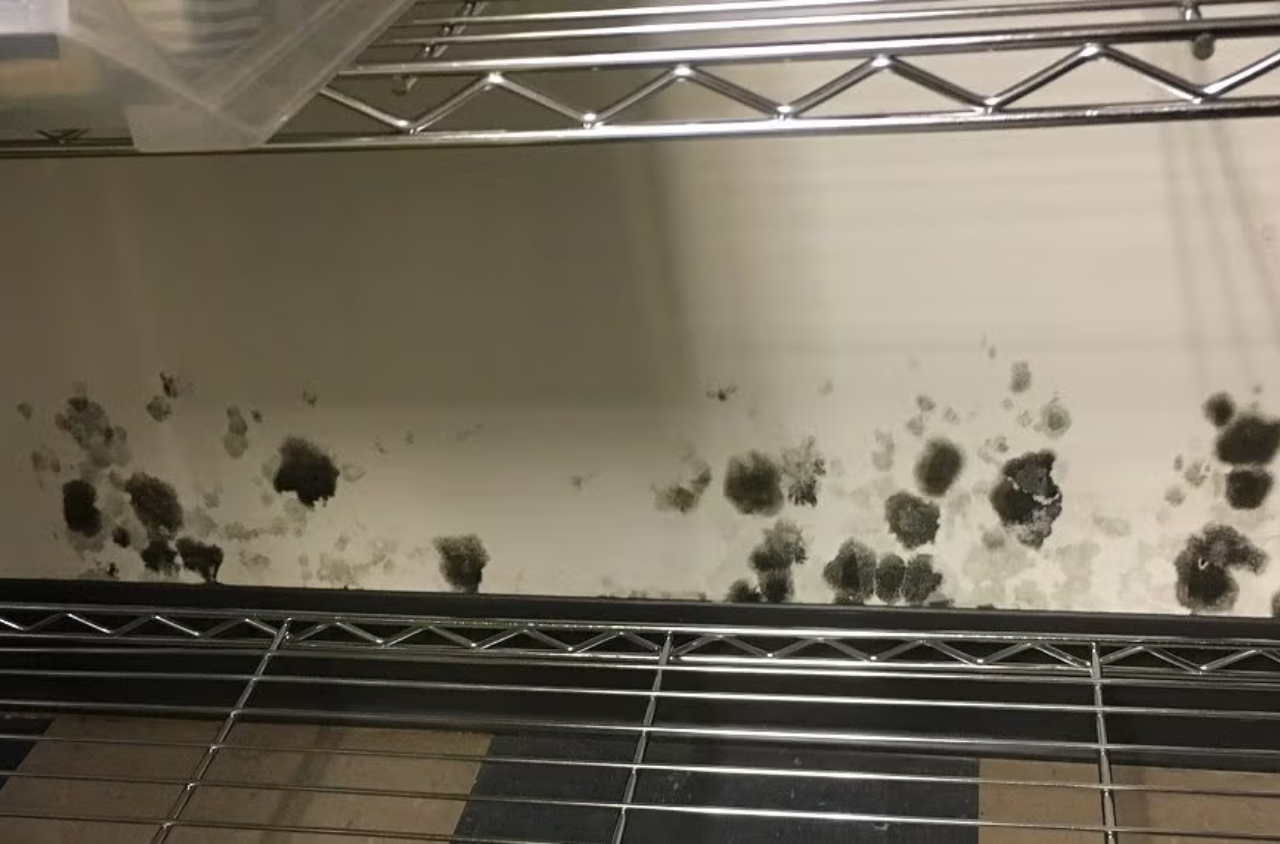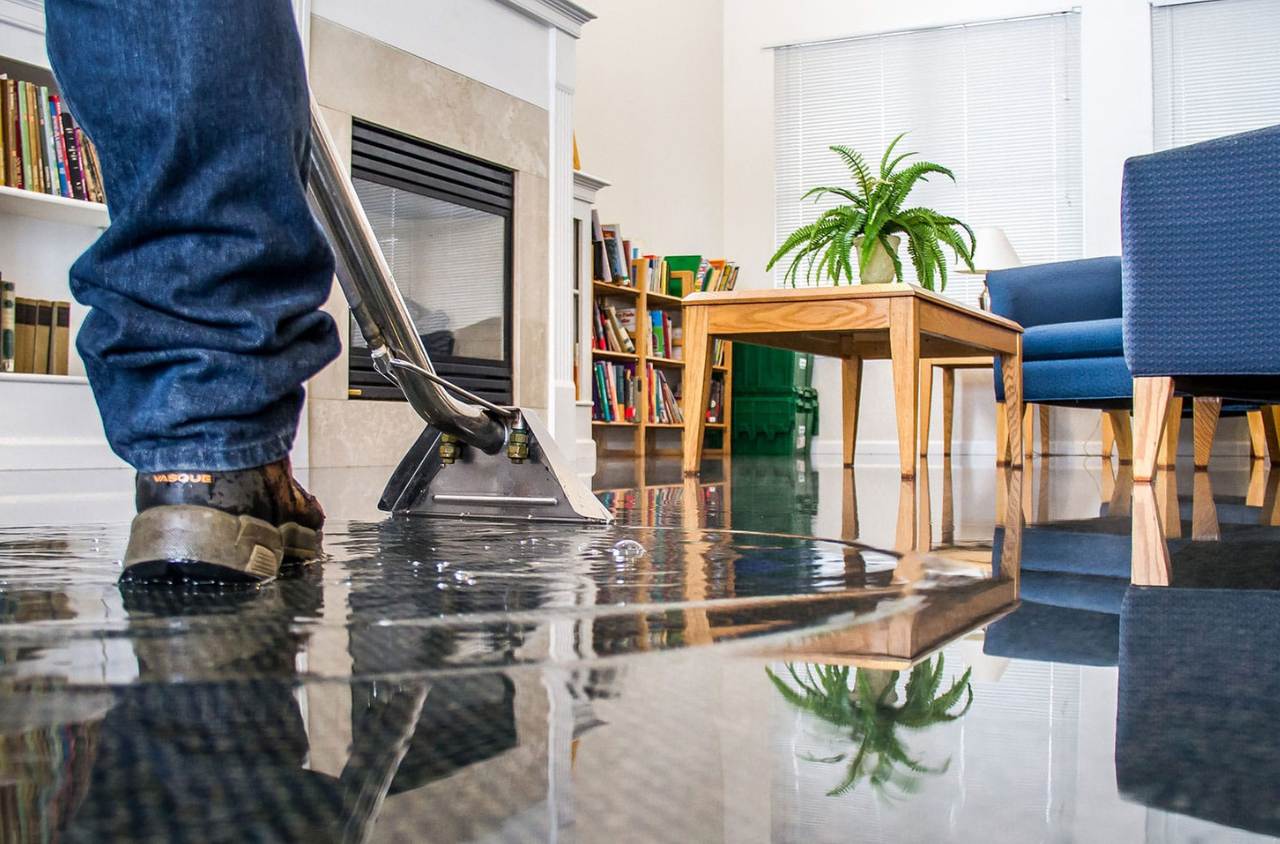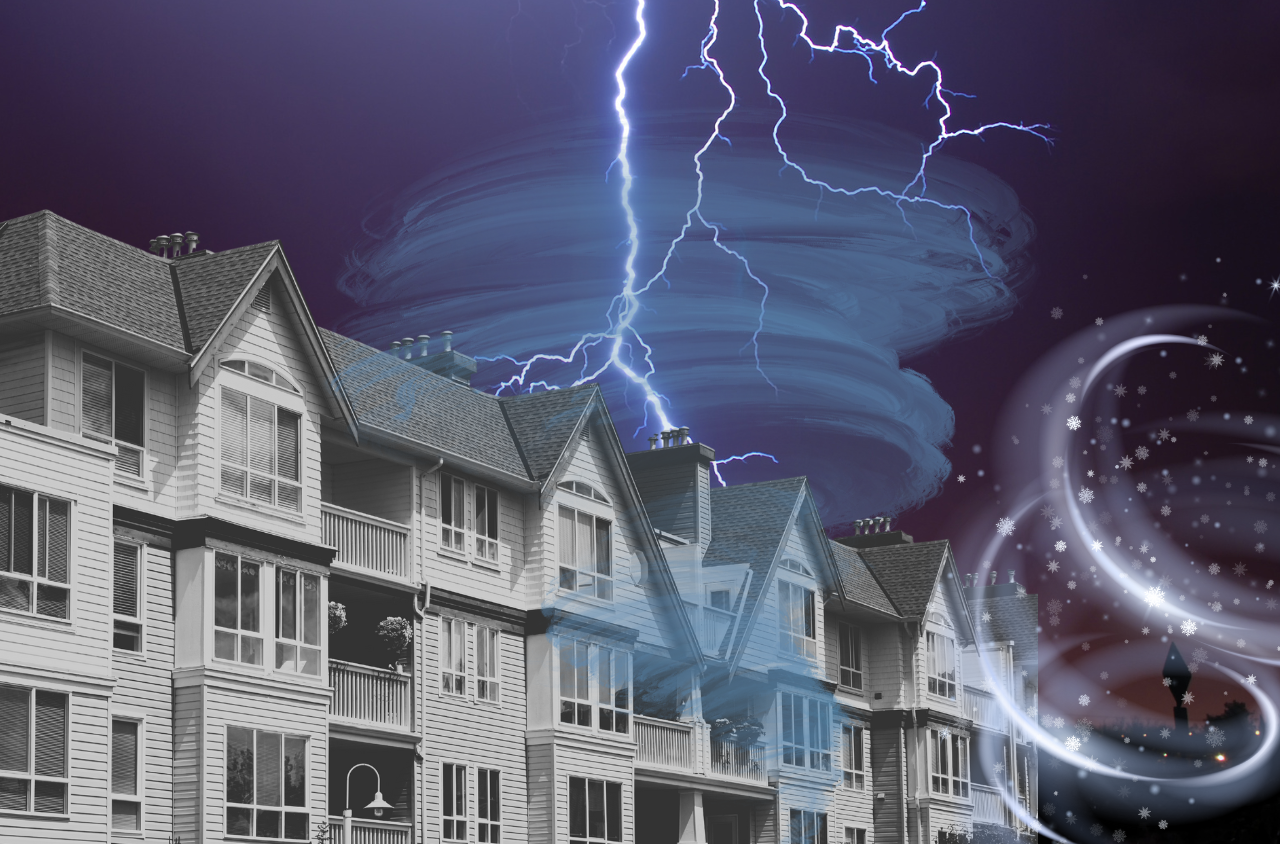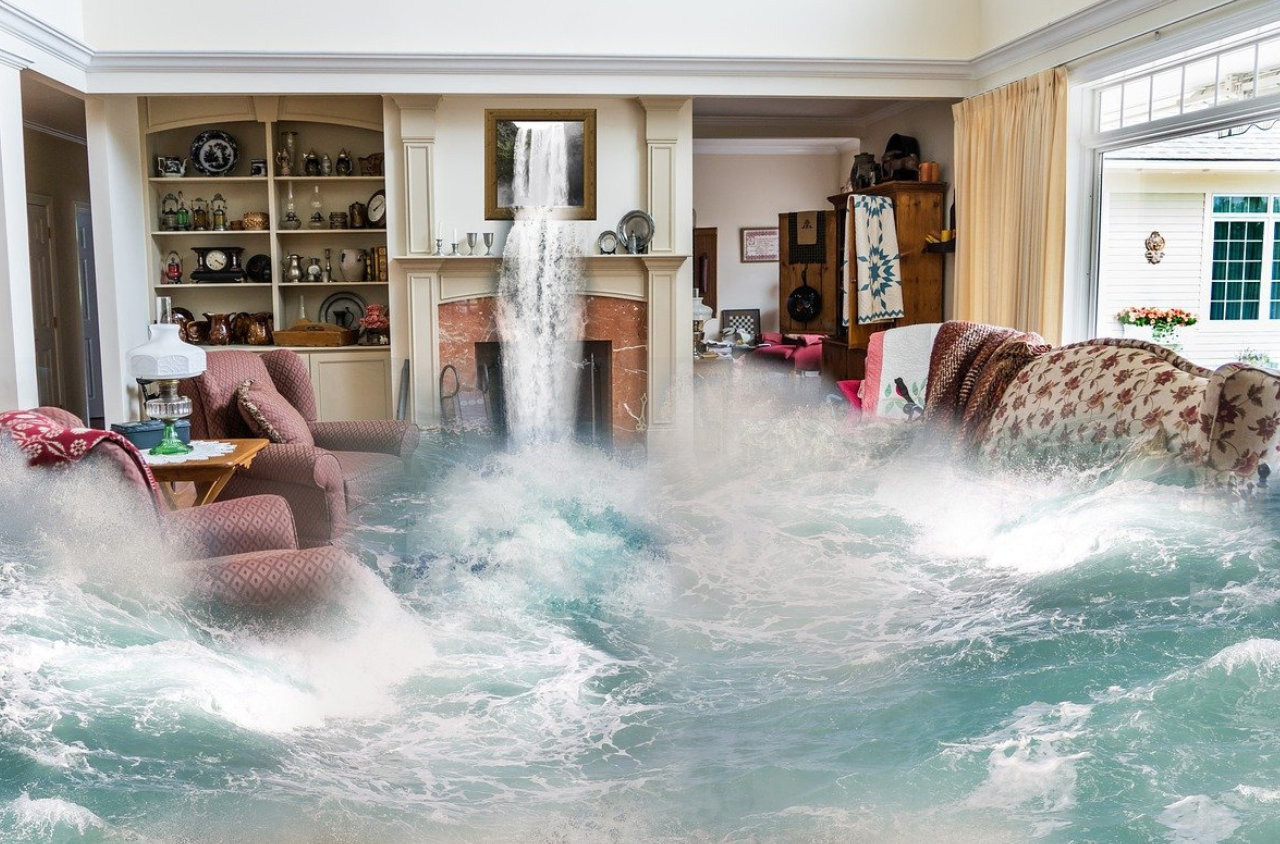
Water Mitigation 101: Protecting Your Property from Water Damage
Water is the most common source of property damage that homeowners and businesses face. Whether it’s caused by a burst pipe, heavy rainfall, or an appliance malfunction, water intrusion can lead to structural damage, mold growth, and expensive repairs if not addressed promptly. That’s where water mitigation comes in. In this guide, we’ll explore the basics of water mitigation and why it’s essential for protecting your property.

What is Water Mitigation?
Water mitigation is the process of reducing or preventing the damage caused by water intrusion. It involves immediate actions to remove water, dry affected areas, and prevent further damage or hazards, such as mold growth or structural weakening. Water mitigation is the initial response to minimize the extent of the damage, which is typically followed by restoration efforts to repair the structure and return it to pre-damaged condition.
Common Causes of Water Damage
Understanding the causes of water damage can help you take proactive measures to prevent it. Some common sources include:
Burst or Leaking Pipes: Aging plumbing systems, freezing temperatures, or excessive water pressure can cause pipes to burst or leak.
Appliance Failures: Malfunctioning dishwashers, washing machines, and water heaters can result in significant water spills.
Roof Leaks: Damaged or missing shingles, clogged gutters, or ice dams can allow water to seep into your home.
Natural Disasters: Heavy rainfall, flooding, and hurricanes can lead to widespread water damage.
Sewage Backups: Blockages in sewer lines can cause contaminated water to back up into your property.
Steps in the Water Mitigation Process
The water mitigation process typically involves several key steps:
- Emergency Response: Quick action is critical to minimize damage. Contact a professional water mitigation company immediately after discovering water intrusion.
- Inspection and Assessment: Experts will assess the extent of the damage and identify the source of the water. They’ll also determine the water category—clean, gray, or black—to develop an appropriate mitigation plan.
- Water Removal: Using industrial-grade pumps and vacuums, professionals will extract standing water from the affected areas.
- Drying and Dehumidification: Specialized equipment, such as air movers and dehumidifiers, is used to thoroughly dry the property and prevent mold growth.
- Cleaning and Sanitizing: Damaged belongings and surfaces are cleaned and sanitized to remove contaminants and reduce health risks.
- Preventive Measures: Professionals may recommend repairs or upgrades to prevent future water damage, such as sealing cracks, installing sump pumps, or improving drainage systems.

Why Professional Water Mitigation is Essential
While it may be tempting to handle water damage on your own, professional water mitigation offers several advantages:
- Expertise: Professionals have the knowledge and equipment to address water damage according to industry standards.
- Comprehensive Solutions: They can identify hidden water damage and potential risks that are easy for non-professionals to miss. Without the correct knowledge and equipment, inadequate drying is a common result which can lead to additional damage to the structure.
- Mold Prevention: Quick and thorough drying reduces the risk of mold growth, which can cause health issues and additional property damage.
- Insurance Assistance: Many water mitigation companies work with insurance providers to streamline the claims process and ensure you receive adequate compensation.
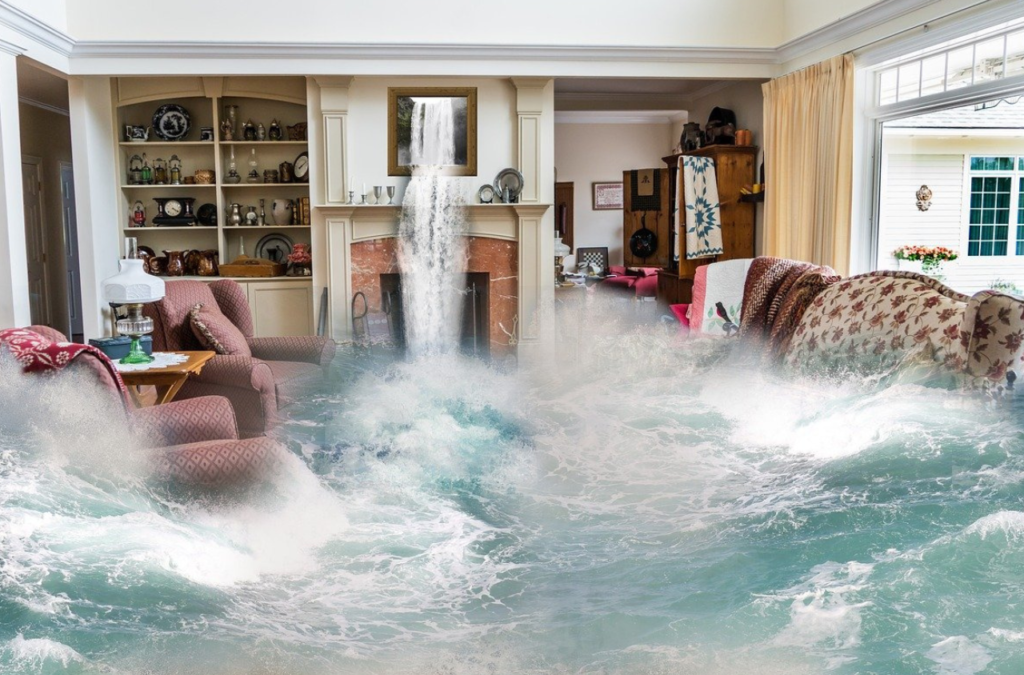
Preventing Water Damage
While water mitigation is essential for addressing water damage, prevention is always better than cure. Here are some tips to protect your property:
- Regularly inspect and maintain plumbing systems, appliances, and roofing.
- Keep gutters and downspouts clean and ensure proper drainage away from your property.
- Install water detection devices in vulnerable areas, such as basements and laundry rooms.
- Insulate pipes to prevent freezing during cold weather.
- Consider investing in flood insurance if you live in a high-risk area.

Conclusion
Water mitigation is a critical first step in protecting your property from the devastating effects of water damage. By acting quickly and enlisting professional help, you can minimize damage, reduce repair costs, and restore your property to its original condition. With proper prevention measures and an understanding of the mitigation process, you can safeguard your home or business against future water-related disasters.
Contact APR Restoration Today
If your property has suffered damage and you need immediate temporary repairs, don’t wait—call APR Restoration at (877) 942-7762. Our team is ready to respond quickly and help you safeguard your home or business until permanent solutions are in place.
Read more
Blog
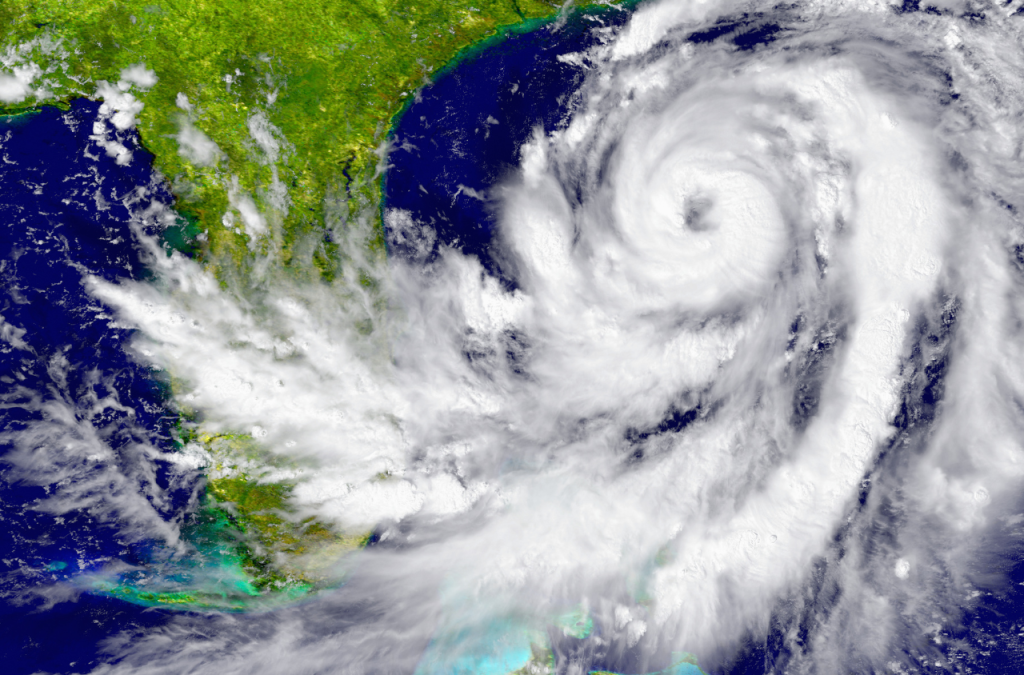
Hurricane Preparation: How to Stay Safe
Hurricane Preparation: How to Stay Safe Hurricane season can bring powerful winds, heavy rainfall, and
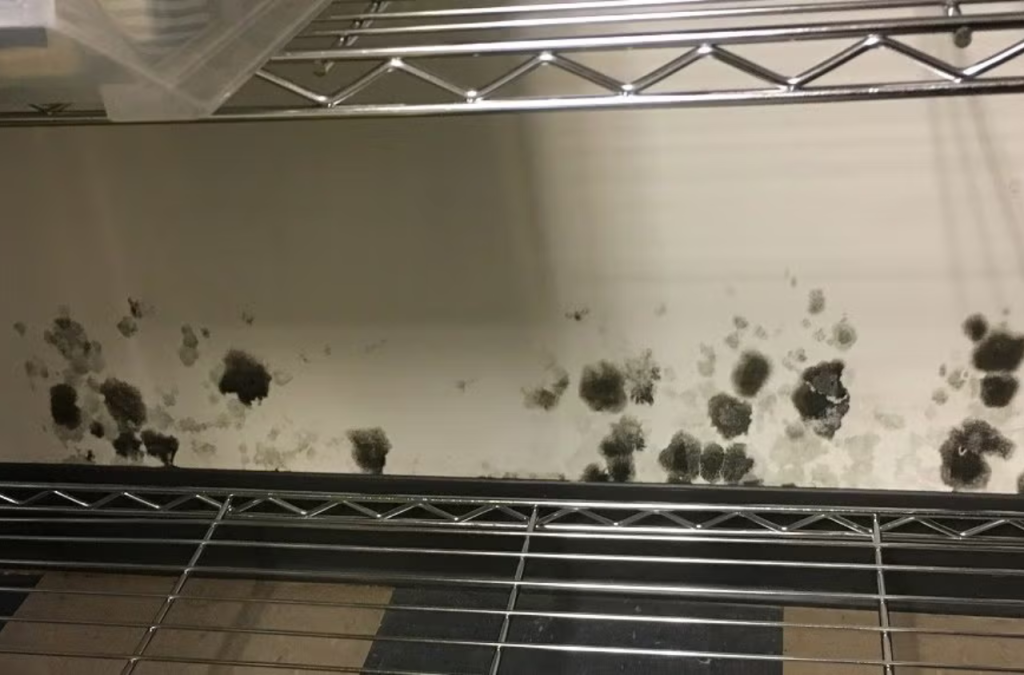
Managing Microbial Growth in Commercial Spaces
Managing Microbial Growth in Commercial Spaces: Why Timely Action Matters When microbial growth appears in
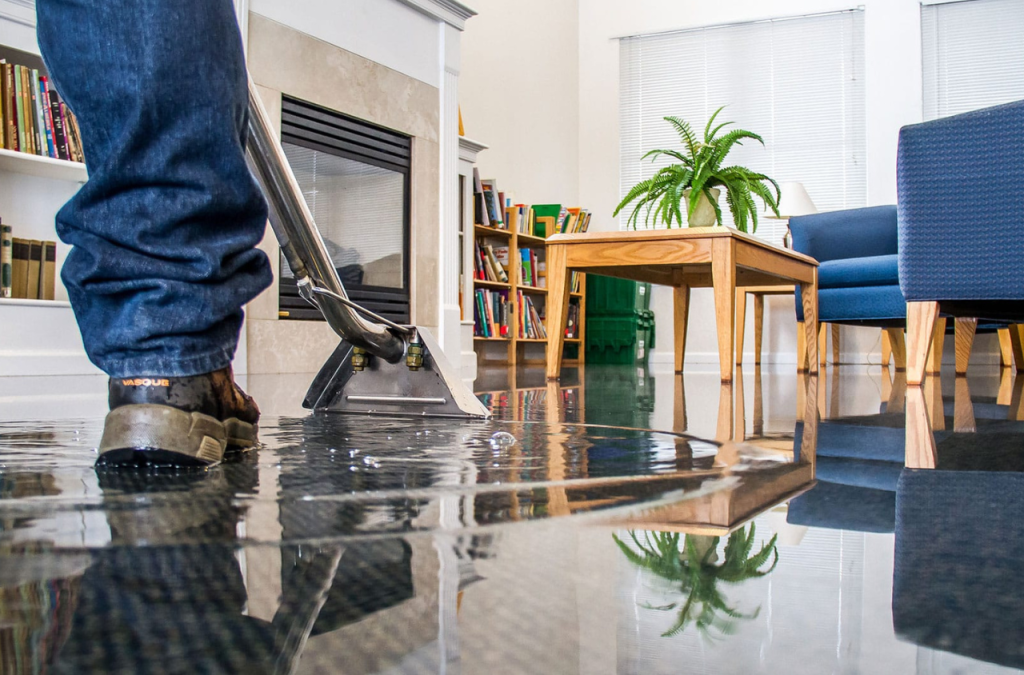
Flooding: What You Need to Know & How APR Restoration Can Help
Flooding: What You Need to Know & How APR Restoration Can Help Flooding is one
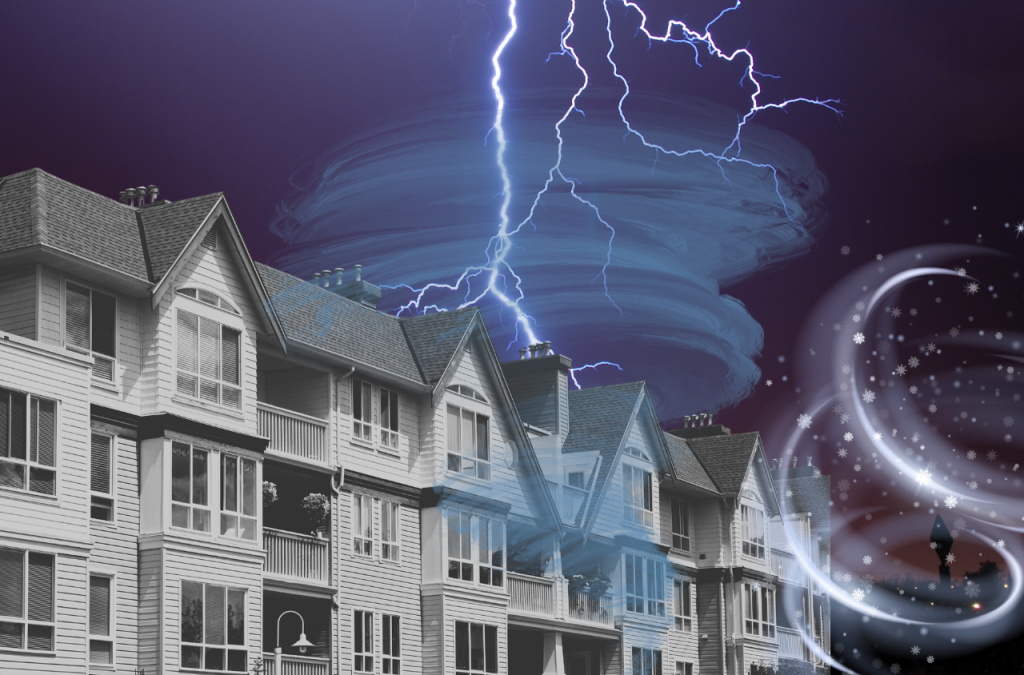
Hurricane Season Preparedness for Multifamily Property Managers
Hurricane Season Preparedness for Multifamily Property Managers Hurricane season is here, and your multifamily property


